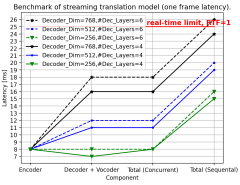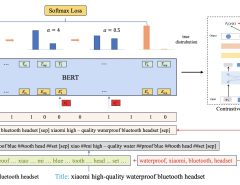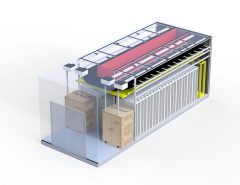NeuroForecast AI
Elevator Pitch: Imagine if we could see into the future of Alzheimer’s progression without repeated, invasive testing. NeuroForecast AI harnesses cutting-edge AI to predict the progression of neurodegenerative diseases, offering a less invasive, cost-effective tool for early diagnosis and personalized treatment plans, transforming the future of neurological care.
Concept
AI-based predictive imaging for neurodegenerative disease management
Objective
To revolutionize the diagnosis and monitoring of Alzheimer’s disease and other neurodegenerative disorders by predicting the future state of brain metabolism.
Solution
Using an AI-driven image-to-image translation (I2I) model to forecast future brain PET scans based on earlier scans, significantly reducing the need for frequent, costly, and invasive imaging procedures.
Revenue Model
Subscription-based service for healthcare providers, licensing of the technology to imaging centers, and partnership with pharmaceutical companies for drug development and monitoring.
Target Market
Healthcare providers specializing in neurology and geriatrics, imaging centers, and pharmaceutical companies focused on neurodegenerative diseases.
Expansion Plan
Initial focus on Alzheimer’s disease, followed by expansion to other neurodegenerative disorders. Long-term, integrate the service into standard healthcare imaging protocols and explore international markets.
Potential Challenges
High initial development and validation costs, ensuring data privacy and security, integration into existing healthcare IT systems.
Customer Problem
The current need for frequent, expensive, and potentially harmful imaging procedures to monitor the progression of neurodegenerative diseases.
Regulatory and Ethical Issues
Compliance with healthcare regulations (e.g., HIPAA, GDPR), ensuring accuracy and minimizing biases in the AI model, ethical considerations in the prediction of neurodegenerative diseases.
Disruptiveness
Revolutionizes neurodegenerative disease management by minimizing the need for repeated PET scans, thus lowering costs, reducing radiation exposure, and enabling earlier, personalized intervention strategies.
Check out our related research summary: here.




Leave a Reply